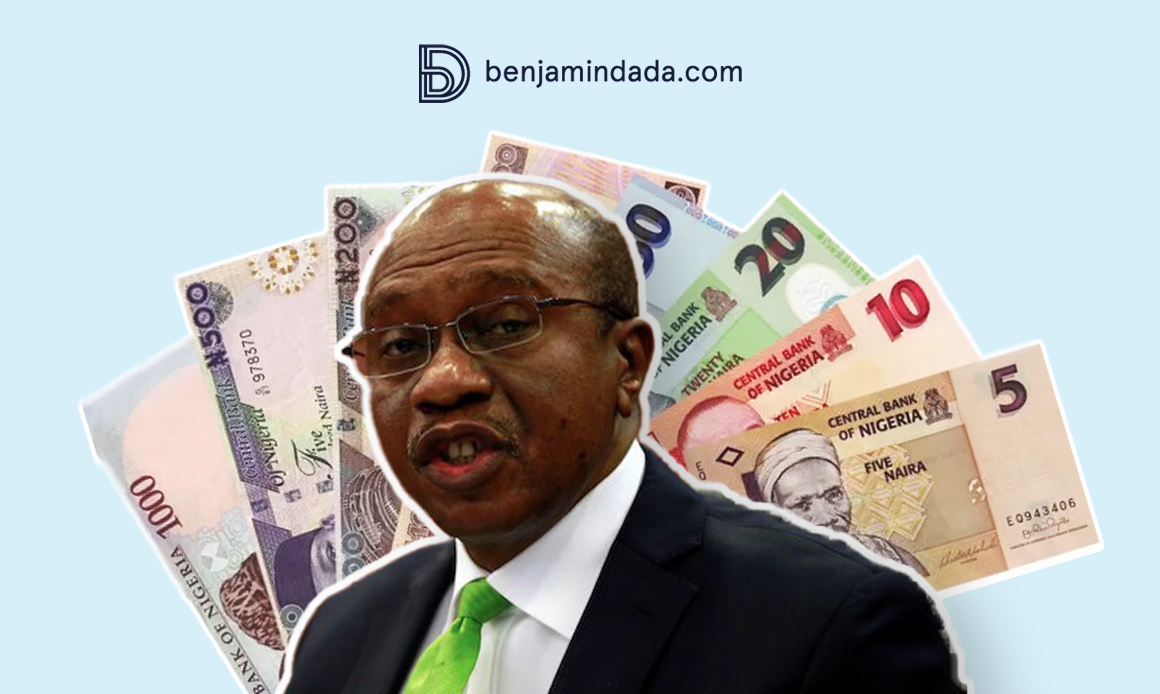Why CBN wants to redesign the Naira notes
The Central Bank of Nigeria (CBN) will start circulating redesigned ₦200, ₦500 and ₦1000 notes from December 15, 2022.

The Central Bank of Nigeria (CBN) has announced the issuance of new Naira notes which will be circulated from December 15, 2022. Meanwhile, the existing notes would seize to be regarded as legal tender by January 31, 2023.
The currency structure comprises three coin denominations (50 kobo, ₦1, and ₦2), eight banknote denominations (₦5, ₦10, ₦20, ₦50, ₦100, ₦200, ₦500 and ₦1000) and Central Bank Digital Currency (eNaira).
Godwin Emefiele, CBN's governor said that the reasons for the redesign include:
- Significant hoarding of banknotes by members of the public, according to available data, over 80% of currency in circulation is outside the vaults of commercial banks.
- The worsening shortage of clean and fit banknotes with an attendant negative perception of the CBN and increased risk to financial stability.
- Increasing ease and risk of counterfeiting evidenced by several security reports.
He further stated that there's an increasing rate of counterfeiting especially at the higher denominations of ₦500 and ₦1000. "Indeed, recent development in photographic technology and advancements in printing devices have made counterfeiting relatively easier," Emefiele added.
Naira notes have not been redesigned for the last 20 years. However, the polymer substrate version of the notes was introduced in 2007, 2009 and 2010. The Bank's governor argued that the global best practice is for central banks to redesign, produce and circulate new local legal tender every five to eight years.
To align with the aforementioned best practices, Nigerian President, Muhammadu Buhari has approved the CBN's request to redesign, produce, and circulate new series of ₦200, ₦500 and ₦1000 banknotes.
Emefiele added that all deposit money banks currently holding the existing denominations of the currency should return these notes back to the CBN immediately. Meanwhile, the re-designed currency will be released to the banks in order of first-come-first-serve basis.
Members of the public are to please note that the present notes remain legal tender and should not be rejected as a means of exchange for the purchase of goods and services. — Godwin Emefiele
Recall that in 2020, CBN spent ₦58.618 billion to print ₦2.518 billion Naira notes, valued at ₦1. 063 trillion in 2020. The 2020 Currency Report indicated a decrease in the bank's expenditure on currency printing, which stood at ₦75. 523 billion, in 2019 and ₦64. 040 billion, in 2018.
Editor's Note: This is a developing story...






